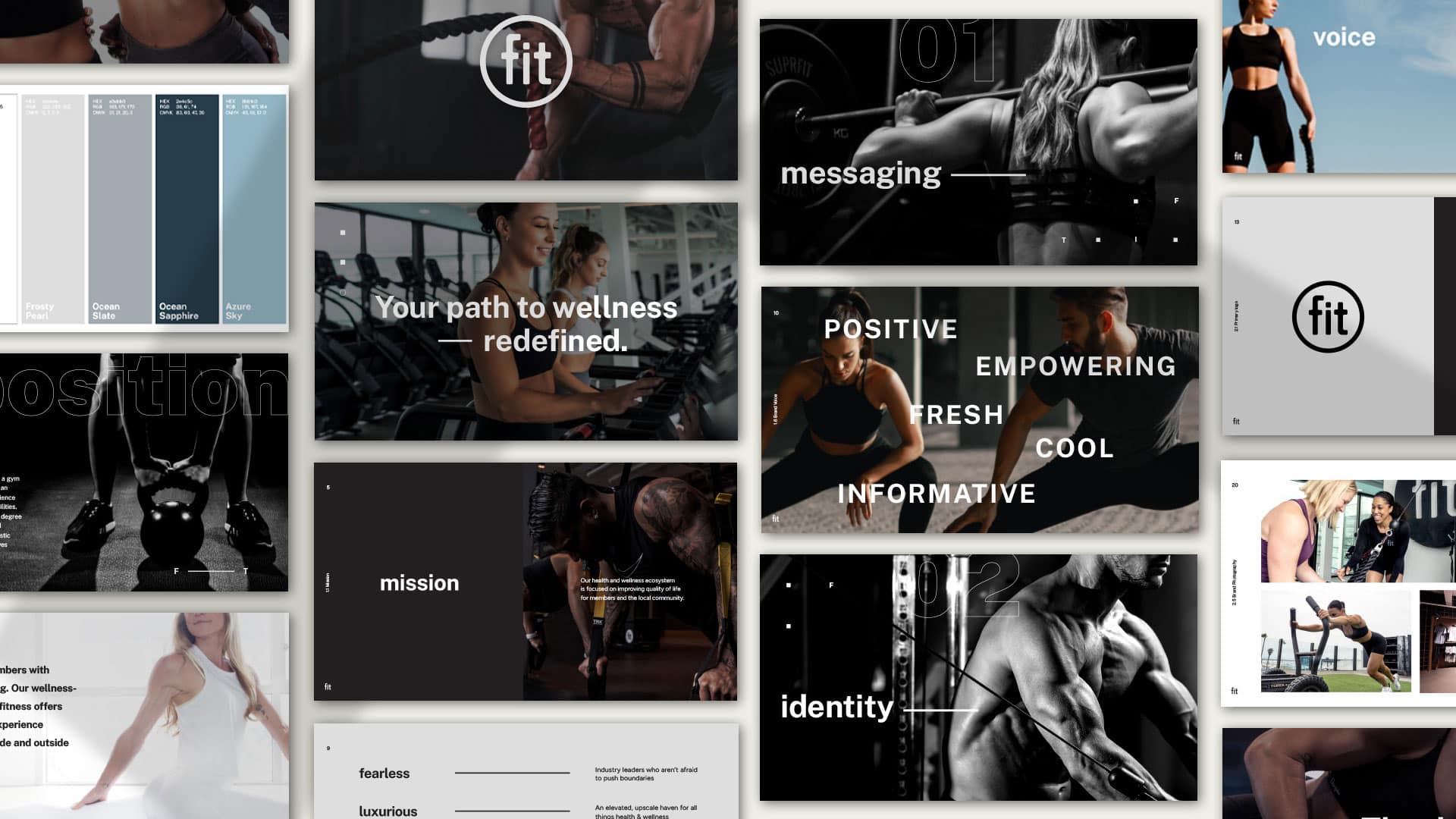Artificial intelligence has been making significant strides and has the potential to revolutionize how we approach brand strategy, visual identity, and verbal identity. With AI, brands can analyze extensive amounts of data to gain insights into customer preferences and behaviors, create personalized experiences, and streamline their branding efforts. Here are some ways that AI is likely to be used in the future when developing brand strategy, visual identity, and verbal identity.
Brand Strategy
AI can be particularly useful in developing brand strategy. By analyzing data on customer preferences and demographics, AI can provide valuable insights into how to position the brand, target specific audiences, and differentiate the brand from its competitors.
For example, AI can help brands identify the keywords and phrases that resonate with their target audience, and use those insights to create more effective messaging and campaigns. It can also help brands identify gaps in the market and new opportunities to expand their reach. AI can also help analyze the effectiveness of branding efforts in real-time and provide feedback to adjust the strategy accordingly. This can help brands stay ahead of changing trends and preferences to remain relevant to their audience.
Visual Identity
Another area where AI can be particularly helpful is in developing visual identity. With AI, brands can analyze design trends to create unique and personalized visual identities that resonate with their target audience. For example, AI can suggest color palettes and design elements that are more likely to appeal to specific demographics, such as younger audiences or those with specific interests. It can also help brands identify effective visual elements, such as fonts or graphics to be used in branding materials. AI can also be used to create more efficient workflows for design teams. By automating routine tasks, such as creating design templates or resizing images, AI can help designers focus on more creative and strategic work.
Verbal Identity
AI can also be used to develop verbal identity, including tone of voice, messaging, and content strategy. By analyzing customer feedback and online conversations, AI can provide valuable insights into how customers perceive the brand and what kind of messaging is most likely to resonate with them. AI can help brands create social media content by analyzing customer engagement data and identifying the types of posts that are most likely to be shared or commented on. It can also help brands create more personalized messaging by analyzing data and tailoring messaging to specific demographics. AI can also help brands with their content creation process by automating routine tasks, such as keyword research or content optimization. This can help brands create more content more efficiently, without sacrificing quality or relevance.
Challenges and Risks
While AI has the potential to revolutionize branding strategy and visual and verbal identity, there are also some challenges and risks to consider. One challenge is ensuring that the data used to train AI models is diverse and representative of the target audience. If the data is biased or incomplete, the AI may make inaccurate or inappropriate recommendations, which can. Another challenge is ensuring that the AI is transparent and accountable. Brands must be able to explain how their AI models work and how they make recommendations, to ensure that they are ethical and aligned with the brand’s values. Finally, there is a risk that AI will lead to a loss of human creativity and intuition in the branding process. While AI can automate tasks and provide valuable insights, it cannot replace the creativity and ingenuity of human designers and strategists. Brands must strike a balance between leveraging the power of AI and maintaining the human touch in their branding efforts.
AI has the potential to transform the way that brands approach branding strategy, visual identity, and verbal identity. By analyzing vast amounts of data, AI can provide valuable insights into customer preferences and behaviors, create personalized experiences, and elevate the branding process in more ways than ever before. Which makes this an exciting time for the marketing and branding industry.


